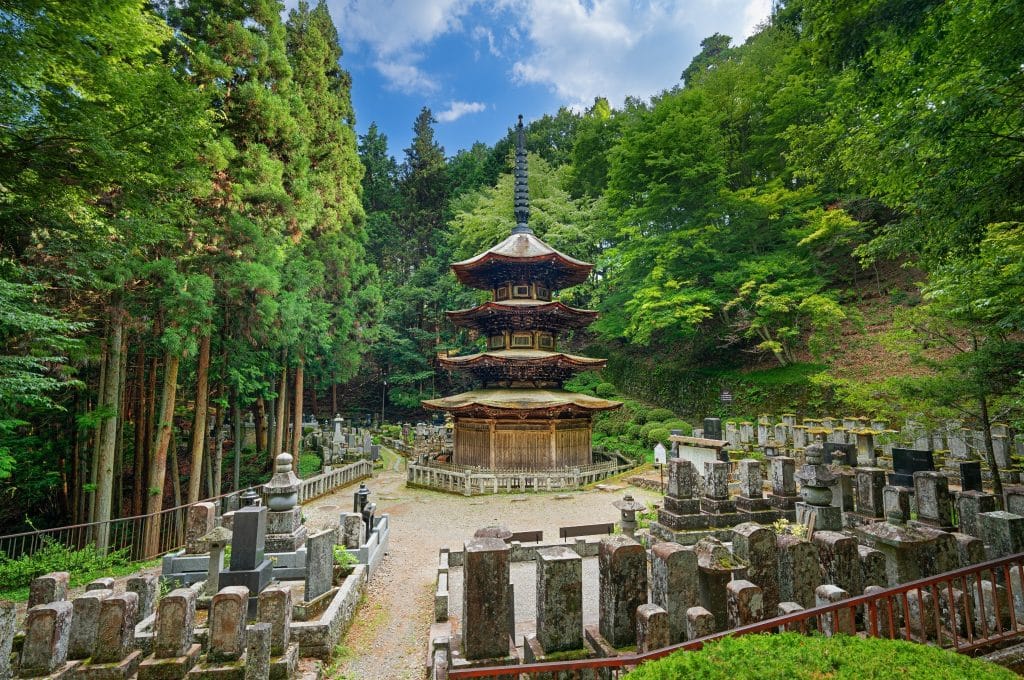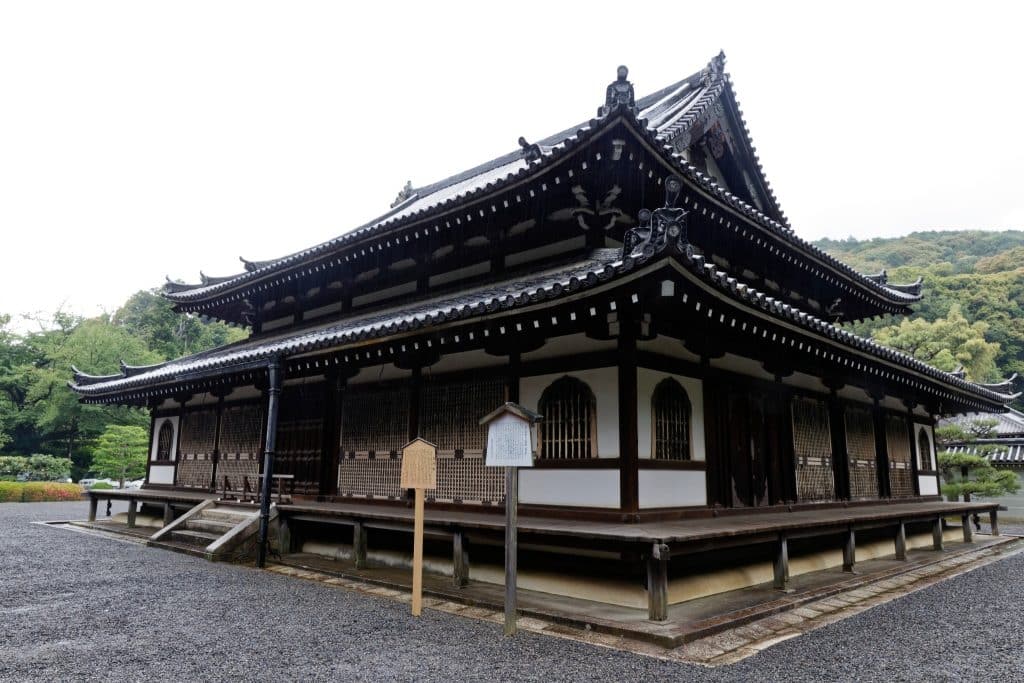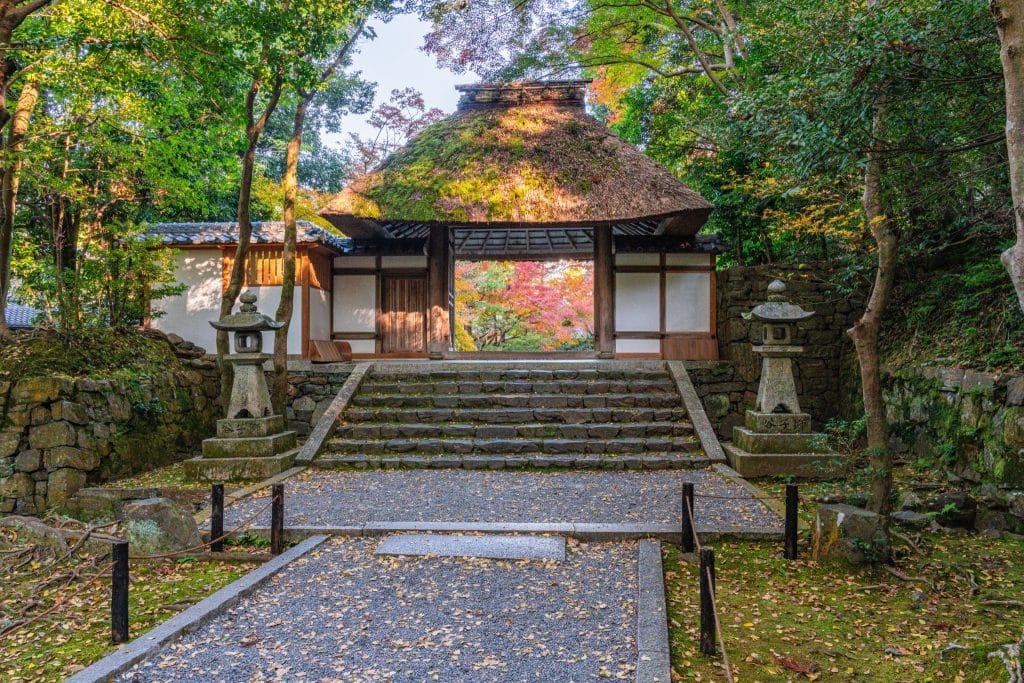If Kyoto were a book, most travelers would only read the bolded lines—Fushimi Inari’s torii gates, Kinkaku-ji’s golden shine, and Arashiyama’s bamboo paths. But real magic hides in the quiet corners, where the crowds thin and only the softest temple bells echo. Kyoto hidden temples are not just relics of the past—they’re living secrets, tucked away in mossy forests or down sleepy alleys, waiting for those willing to stray off the map. For travelers craving the soul of old Japan and a true breath of Zen, this guide will reveal how to find Kyoto’s calmest sanctuaries—and maybe, in the silence, something about yourself too.
Why Seek Out Kyoto Hidden Temples?
Most visitors to Kyoto chase the famous sights, hoping for that postcard-perfect shot. Yet the magic of the city lies in its subtler places—the Kyoto hidden temples that barely make it into guidebooks. These are the temples where monks still chant before dawn, where centuries-old camellias drop petals in untouched courtyards, and where every stone seems to whisper history.
Travelers searching for authenticity (and an escape from selfie sticks) find solace here. Kyoto hidden temples offer the chance to step into a scene that hasn’t changed for generations. You can slow down, reflect, and savor the tranquil atmosphere that made Kyoto the spiritual heart of Japan.
Want to keep your wallet happy while experiencing Japan’s old-world magic? You’ll find that many of these spots are affordable—or even free. For more travel tips on stretching your yen, check out On a Budget.
The Art of Finding Kyoto’s Secret Sanctuaries
Finding Kyoto hidden temples requires more than a quick Google search. Locals know that the city’s true gems aren’t always pinned on tourist maps. So how do you find these peaceful places? Here’s what locals recommend:
- Ask around: Chat with your ryokan host, a barista, or even a taxi driver. Locals often share personal favorites.
- Explore on foot or by bike: Kyoto is a city best experienced slowly. Wander the backstreets and alleys—you’ll stumble onto treasures.
- Go early or late: Even the more popular spots empty out at sunrise and near closing.
- Follow the moss: The best temples often seem to melt into the forest.
For more ways to uncover off-the-beaten-path experiences, dive into Epic Destinations.
Northern Kyoto: Quiet Retreats in the Hills
Honen-in: Moss, Sand, and Silence
Nestled in the forested foothills near the Philosopher’s Path, Honen-in remains one of the ultimate Kyoto hidden temples. Arrive early in the morning, and you’ll likely share its moss-carpeted grounds with only the sound of wind and the crunch of gravel underfoot.
The approach is storybook-like—two white sand mounds flank the temple’s gate, symbolizing purification. The temple garden is serene, especially in autumn when maples turn flame-red. No admission fee is required unless you want to view the interior (which opens seasonally), making Honen-in a perfect spot for travelers watching their budgets.
Anraku-ji: The Temple of Poets
Just a short walk from Honen-in lies Anraku-ji, a true “blink and you’ll miss it” spot. This temple is famous for its tranquil setting and historical ties to 13th-century poets. The temple’s mossy grounds and simple wooden halls draw those who want a peaceful afternoon beneath blooming cherry trees or fiery fall foliage.
Because it opens only on select weekends and during certain seasons, Anraku-ji is one of those Kyoto hidden temples that’s not just quiet—it feels almost secret.

Western Kyoto: Ancient Calm in Arashiyama’s Shadow
Gio-ji: A Moss Garden Wonderland
Tucked into the Arashiyama hills, Gio-ji isn’t just a temple—it’s a miniature world swaddled in moss. Unlike the bustling crowds at nearby Tenryu-ji, Gio-ji’s grounds are always quiet, with a single thatched-roof hall rising out of a green sea.
Visit in spring or after rain to see the moss at its brightest. The small admission fee is worth it for the silence and shade. As far as Kyoto hidden temples go, Gio-ji is proof that the best Zen moments require no crowds at all.
Adashino Nenbutsu-ji: 8,000 Silent Statues
Walk a little farther into the hills and you’ll find Adashino Nenbutsu-ji, a temple with one of Kyoto’s most hauntingly beautiful atmospheres. Thousands of stone figures, each honoring an unnamed soul, fill the grounds—especially striking in the soft afternoon light.
While many visitors stick to Arashiyama’s main streets, this Kyoto hidden temple offers a moving, meditative experience away from the noise. The bamboo grove at the back, smaller and quieter than the famous Arashiyama grove, is a secret in itself.
If you’re looking for travel hacks to find peaceful spots even during busy seasons, you’ll love the advice in Travel Hacks.
Eastern Kyoto: Zen Beyond the Crowds
Reikan-ji: The Camellia Temple
Nestled just below the Silver Pavilion (Ginkaku-ji), Reikan-ji is only open for a few weeks each spring and autumn. Famous for its camellia garden, this nunnery temple draws far fewer crowds than neighboring sites. Here, “Kyoto hidden temples” means a place where ancient stepping stones wind through clouds of pink blooms, and temple treasures are displayed only for short seasonal windows.
Because of its limited openings, check local schedules before you go. The sense of privilege you feel being one of the few visitors is unmatched.
Shinnyo-do: Autumn’s Best Kept Secret
Most autumn travelers rush to Tofuku-ji for fall colors, but locals know Shinnyo-do delivers equally stunning leaves—minus the tour buses. This large temple complex is set atop a quiet hill, surrounded by cherry trees in spring and blazing maples in autumn.
Take your time exploring the main hall and peaceful cemetery, where Kyoto’s poets and painters rest. As far as Kyoto hidden temples go, Shinnyo-do proves you don’t have to travel far from central Kyoto to find tranquility.
The Southern Side: Kyoto Hidden Temples Lost in Time
Komyo-in: Zen Raking, Zero Tourists
Part of the Tofuku-ji temple complex, Komyo-in sits quietly, often missed by visitors who rush straight to Tofuku-ji’s bridges. This temple is famous for its simple yet stunning dry landscape garden—a sea of white gravel, meticulously raked each day by monks.
Few people wander in, and even fewer linger, so it’s easy to enjoy a moment of Zen with nothing but birdsong for company. Komyo-in is one of the Kyoto hidden temples that feels untouched by time, perfect for meditation or quiet reflection.
Sennyu-ji: The Imperial Connection
Down in southern Higashiyama, Sennyu-ji boasts imperial history and vast temple grounds, but receives a fraction of the crowds you’ll find elsewhere. Its atmosphere is grand, yet surprisingly intimate. The temple’s peaceful cemetery holds the tombs of several emperors, but what you’ll remember most is the calm.
Exploring Kyoto’s southern side is ideal for digital nomads who want to blend work, culture, and quiet. For more inspiration, visit Digital Nomad.

Why Kyoto Hidden Temples Still Matter
In a city with over 1,600 Buddhist temples, what makes these lesser-known sanctuaries so special? The answer is simple: Kyoto hidden temples are living reminders of Japan’s quiet heart. They’re places where you can watch monks sweep leaves from ancient stone steps, hear bamboo creak in the wind, or catch a wisp of incense drifting through tatami halls.
In a world obsessed with “Top 10s” and Instagram likes, these temples offer a different kind of memory—the kind you carry in your heart, not your camera roll. There’s something undeniably personal about walking a mossy path in silence, discovering a centuries-old statue, or listening to the distant chime of a temple bell.
Tips for Exploring Kyoto Hidden Temples
Want to make the most of your hunt for Kyoto hidden temples? Here are some essential tips:
- Start Early or Late: Visit early in the morning or near closing for the quietest experience.
- Dress Respectfully: Modest clothing (covering shoulders and knees) is always appreciated.
- Move Quietly: Speak softly and let the natural sounds of the temple guide your visit.
- Take Photos Mindfully: Many hidden temples allow photography, but avoid flash and respect “no photo” signs.
- Support Local Cafés: Many temple neighborhoods have cozy cafés run by locals—perfect for a reflective break.
Making Your Journey Smooth: Transport, Tickets, and More
Navigating Kyoto’s neighborhoods can feel intimidating, but most hidden temples are accessible by city bus, bike, or on foot. Use Kyoto’s reliable bus system (one-day passes are a good value), or rent a bicycle to meander between temples at your own pace.
Check ahead for seasonal openings—some Kyoto hidden temples only open during certain festivals or flower seasons. And don’t forget to carry cash, as small temples may not accept credit cards.
To plan the perfect route that fits your style—whether you’re a hiker, photographer, or just a seeker of peace—explore Viral Voyage for inspiration and travel planning resources.

A Taste of Local Life Near Hidden Temples
The areas surrounding Kyoto hidden temples often offer a slice of everyday life. After temple hopping, wander the nearby markets for street food or traditional sweets. Many temples are nestled in neighborhoods with family-run noodle shops, old bookstores, or tiny tea houses where you can linger over matcha.
Savoring the simple pleasures—a cup of tea, a quiet street, the scent of incense—can make your visit even more memorable. This is the true spirit of Kyoto: slow down and let the city’s quieter rhythms find you.
The Reward of Seeking Silence
Every city has its secrets, but Kyoto’s are especially patient—they wait for travelers willing to listen, observe, and step off the busy trail. Kyoto hidden temples aren’t just historical sites; they’re invitations to experience the city the way locals do, with respect, curiosity, and quiet joy.
Whether you’re searching for peace, photography, or a deeper sense of connection, the temples tucked away in Kyoto’s hills, forests, and neighborhoods are sure to deliver. And as you leave each one, you’ll carry a little of that calm with you—no matter where your journey leads next.



